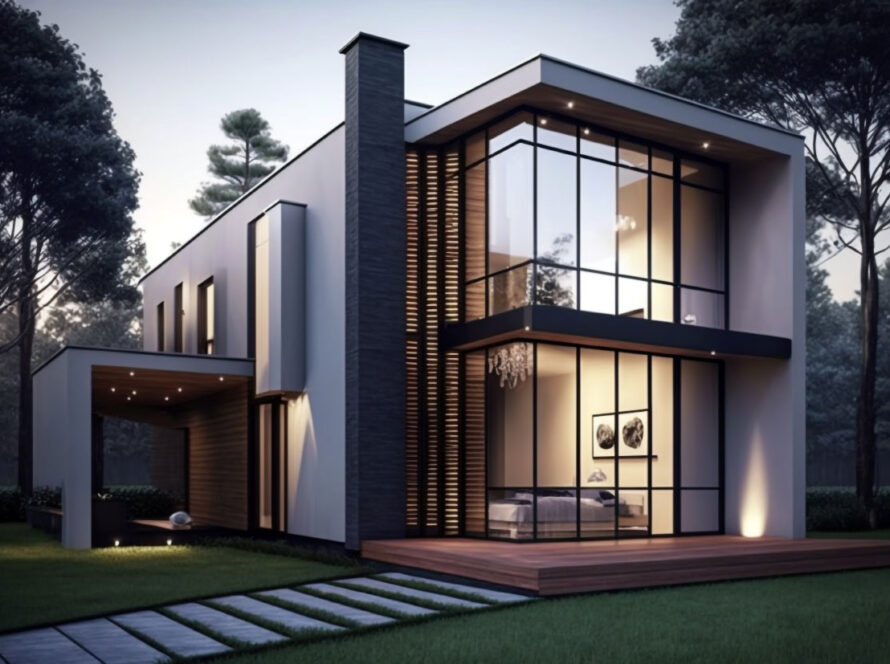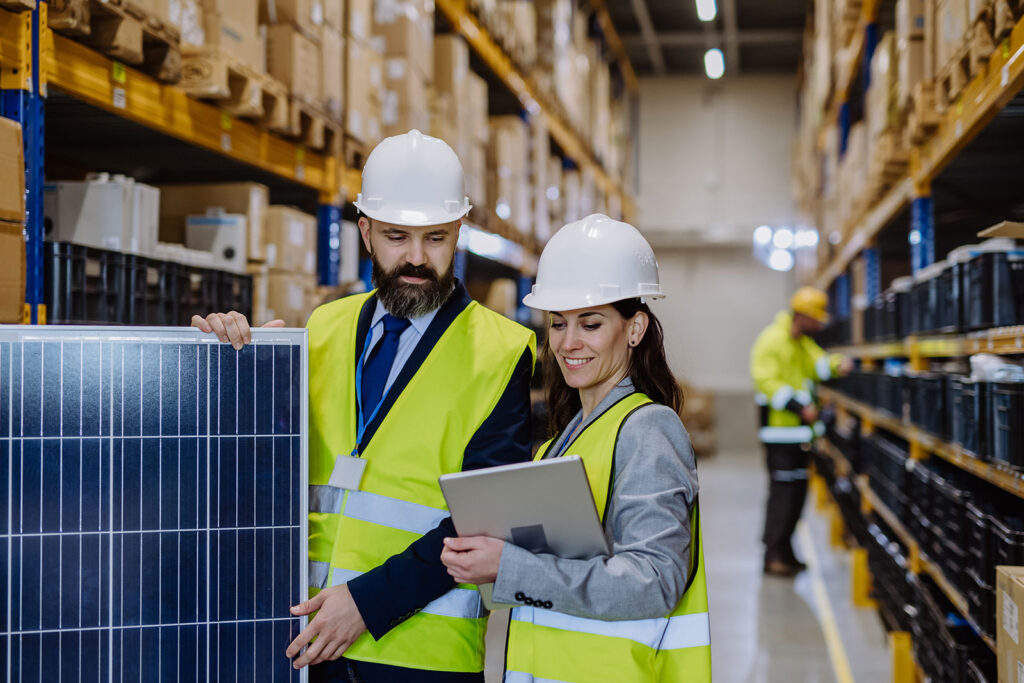To provide this tilt and structural integrity, solar panels are attached to mounting structures.
Low profile single panel rows: Lower structural load, easier to clean, but need to be spaced to avoid shadowing of one row over the next. These are more suited for large open roof spaces
Raised structures with multiple rows of panels: These take up less space on ground or roof and can be raised (with taller posts) to avoid any roof structure and shading from walls and trees as well as to keep roof surface utility
These structures require detailed engineering design and analysis for loads to ensure structural members (Posts, Beams) can take up the load of all panels.
They also need to be designed for maximum wind speed in the region, which limits the tilt angle for the panels as the wind load increases with the tilt angle.
Roof condition (age, type) is also an important consideration as these large structures need to be properly anchored to the roof surface
For coastal regions, salt mist is a very important consideration as improper structural material and finishes can lead to corrosion, which will weaken the structure over time.





